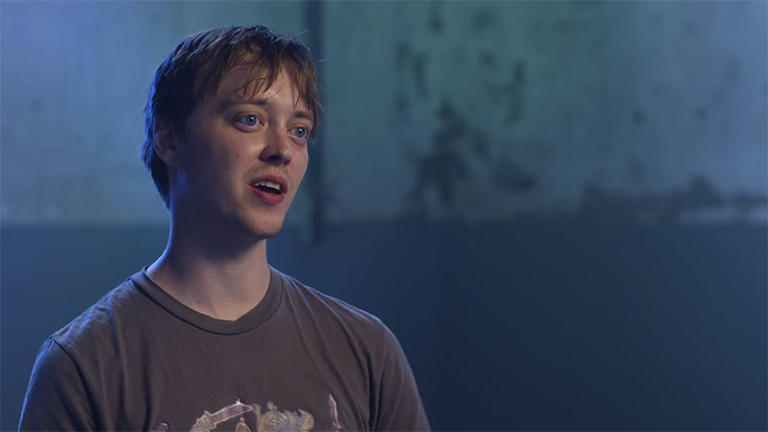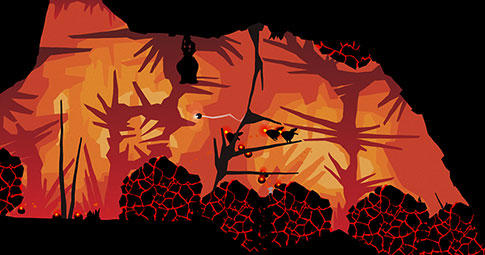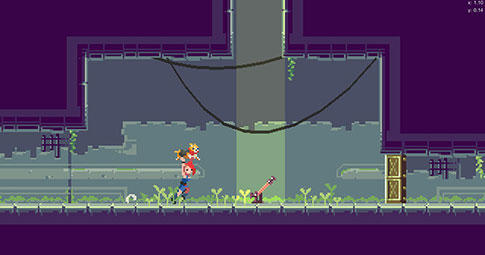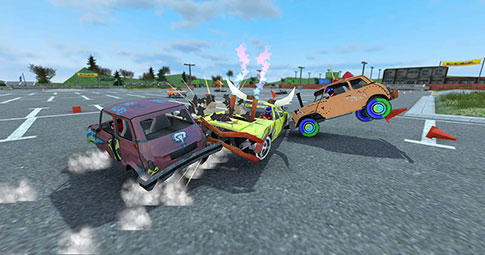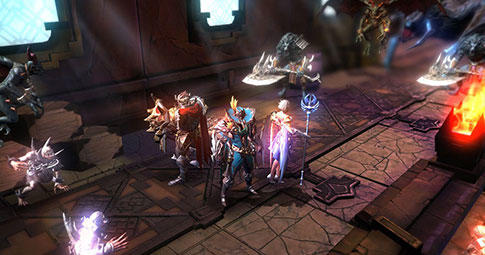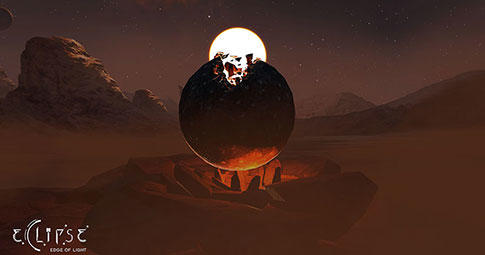Flipping Death: A Unity for 2D games case study
Zoink Games are known for the offbeat, cartoonish and creative feel of indie hits like Zombie Vikings and Stick it to the Man. In their latest game, Flipping Death, the distinctive blend of innovative physics and 2D and 3D art lays the foundation for a special experience.
-
The game
Flipping Death, a unique mix of adventure and platformer game with a 2.5D twist
-
The goal
To experiment and find a compelling game feel that still matches their signature style
-
Platforms
Nintendo Switch, others to be announced
-
Team members
25
-
Location
Gothenburg, Sweden
Rasmus Jarl, a developer at Zoink Games, talks about the unique blend of 2D and 3D graphics in Flipping Death.
A distinctive blend of physics and 2D/3D art
In Flipping Death, Unity gave Zoink the room they need to experiment and create something unique and captivating. The innovative physics allow players to reverse the game and visit two parallel worlds: one a quaint village in the land of the living, and the other, the domain of the dead inhabited by ghosts. It’s a mix of adventure and platforming set in two twisted, colorful and droll worlds.
The results:
- Direct importing of art frees technical artists from dependence on programmers
- Can create new prototypes within weeks
- Prepared for release on Xbox, PS4 and Nintendo Switch within days
A unique use of 2.5D graphics
In order to get the visual style and physics of Flipping Deathright, the style had to reflect the duality of the quirky life and afterlife cartoon-worlds of the game. Zoink relied on the Unity engine’s support for both 2D and 3D to mix the best of the two and make that happen.
“Our gameplay is mainly 2D, which is a lot simpler and easier for people to play and have fun with, but we also use a 3D art style to put a really nice touch on the game,” says Rasmus Jarl, the lead level developer for the game.
“Not only did Unity’s 2D engine enable support for the underlying theme of the game, but it helped us make everything more interesting because you have this thing where you flip the world around. And it’s really visually striking because it feels like it’s a 2D game, but then you surprise people with the 3D,” he says.
The prototype was ready in a couple weeks
Zoink is known for the creativity of their games, and Unity supports this in two main ways. Fast prototyping in Unity has made it easy for them to experiment, and the engine’s extensibility has allowed them to adapt it towards their way of working.
“One of the nice things about Unity is that it’s real easy to iterate and experiment with new things. Like we can throw together an approach for a new game and have a prototype ready in a couple of weeks, and it’s really nice to be able to continue to work on something and improve it over time. Once we had our prototype for Flipping Death, we really felt like we were on our way,” Jarl says.

Building their own workflow
The other big advantage Zoink has found with Unity is that they can create their own tools to match their way of working by extending the editor.
“Unity has a lot of features but they aren’t very game-specific, and the nice thing about it is that it’s quite easy to add your own tools on top. Because, after all, you understand your own game better than anyone else does. So you can build your own workflow to fit your game really nicely,” Jarl says.
For example, as in some of their other games, Flipping Death uses storytelling, puzzles, punchlines and humor to engage users. So they extended Unity to make it easier to create these elements.
“Because our games require a lot of cutscenes and specialized events, we added our own custom-made event system. In this way, we can offload to the designer, and within a week or two, get a whole new level up and running without me having to code anything,” Jarl says.
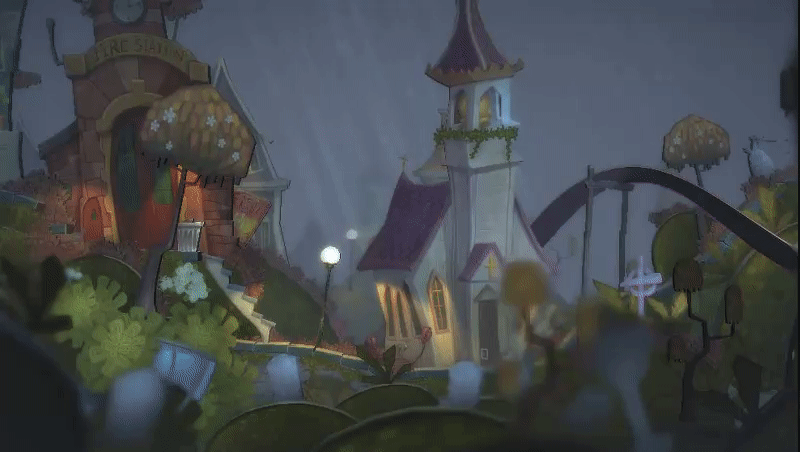
How Unity liberated Zoink’s artists
One important characteristic of Zoink’s workflow is that artists are such a big part of it. Jarl says that Unity’s feature-rich particle system made it easy for their artists to focus on the creative feel of the game.
“The particle system gave the artists a lot of freedom to experiment in the development of Flipping Death. For example, we could implement lightning in the thunderstorm and have the lights reflect off of it with the Unity particle slider. For me, it’s really nice not to have to code particle systems,” he says.
Importing art is so much simpler now
Another example of how Unity made it easy for artists to focus on creativity is the ease with which they could import from 3ds MAX and Photoshop directly into Unity. They use FBX for their models, and the textures are PNGs, which the FBX searches and links to.
“It’s really nice to use Unity with art because you just put it in the project, customize it, and it just works. Everything functions so seamlessly compared to previous systems I used where we had to put the models in a separate program, then put them in a folder, and only then, load them,” Jarl says.
“With Unity, I don’t even have to think about importing stuff because our technical artist handles it. I don’t really have to bother about it at all,” he says.
Ready for release within days
Another thing that is simpler with Unity is releasing to different platforms, including relatively new ones like Nintendo Switch.
“Nintendo really put a lot of emphasis on making Unity a great platform for working with Switch. They really worked hard on making sure the documentation and everything else was applicable to Unity.”
In addition to Unity’s strong relationships with the companies behind all the major platforms, Jarl appreciates the inherent ease of preparing your game for different platforms within Unity.
“We’re releasing our game for Xbox, PS4 and Switch and one of the cool things with Unity is that you can get the game running and see it play on the hardware within days. It’s really easy to do the final things like fixing all the input for release simultaneously.”
